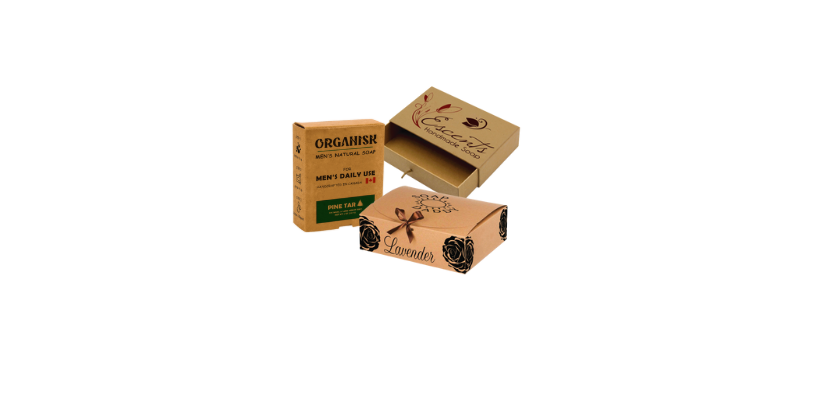Introduction
Across generations, diecast trucks have stood as miniature symbols of industry, creativity, and mechanical fascination. While they began as sturdy toys for imaginative play, they gradually developed into cultural artifacts admired by hobbyists, historians, and collectors alike. Their journey reflects more than manufacturing progress—it mirrors society’s evolving relationship with transportation and design.
Early Metal Models and Their Purpose
In the early 20th century, metal toy trucks were created to reflect the growing presence of motor vehicles in everyday life. These early models were simple but durable, giving children a hands-on way to interact with the technology shaping the world around them. Their bold shapes and straightforward designs captured the excitement of a rapidly modernizing society.
Expanding Horizons: When Detail Became Essential
By the mid-century, advancements in molding and casting techniques allowed diecast makers to push boundaries. Truck models began incorporating realistic cab shapes, textured bodies, and specialized forms such as tankers, tow trucks, and freight haulers. These improvements didn’t just increase play value—they introduced a sense of authenticity that appealed to older audiences.
Turning Points in Collecting Culture
The shift toward adult collecting intensified in the 1980s and 1990s. Enthusiasts sought models that honored historical trucks, regional industries, and classic brands. Manufacturers met this demand by producing themed collections, anniversary editions, and vintage reproductions. What had once filled toy aisles now held a place in collector fairs, hobby magazines, and display cabinets.
Technology Redefines Modern Miniatures
Today’s diecast trucks owe much of their precision to digital tools. Computer modeling, laser-cutting, and advanced alloy casting enable manufacturers to replicate even the smallest rivets and body lines. The rise of online communities and digital marketplaces has further transformed the hobby, connecting collectors from all corners of the world and expanding access to rare or international models.
Conclusion
The story of these miniature haulers is one of continuous reinvention. From basic metal toys to finely engineered collectibles, diecast trucks have earned their place as enduring tokens of craftsmanship and cultural memory. They continue to bridge generations, proving that even the smallest vehicles can carry a remarkable legacy.







